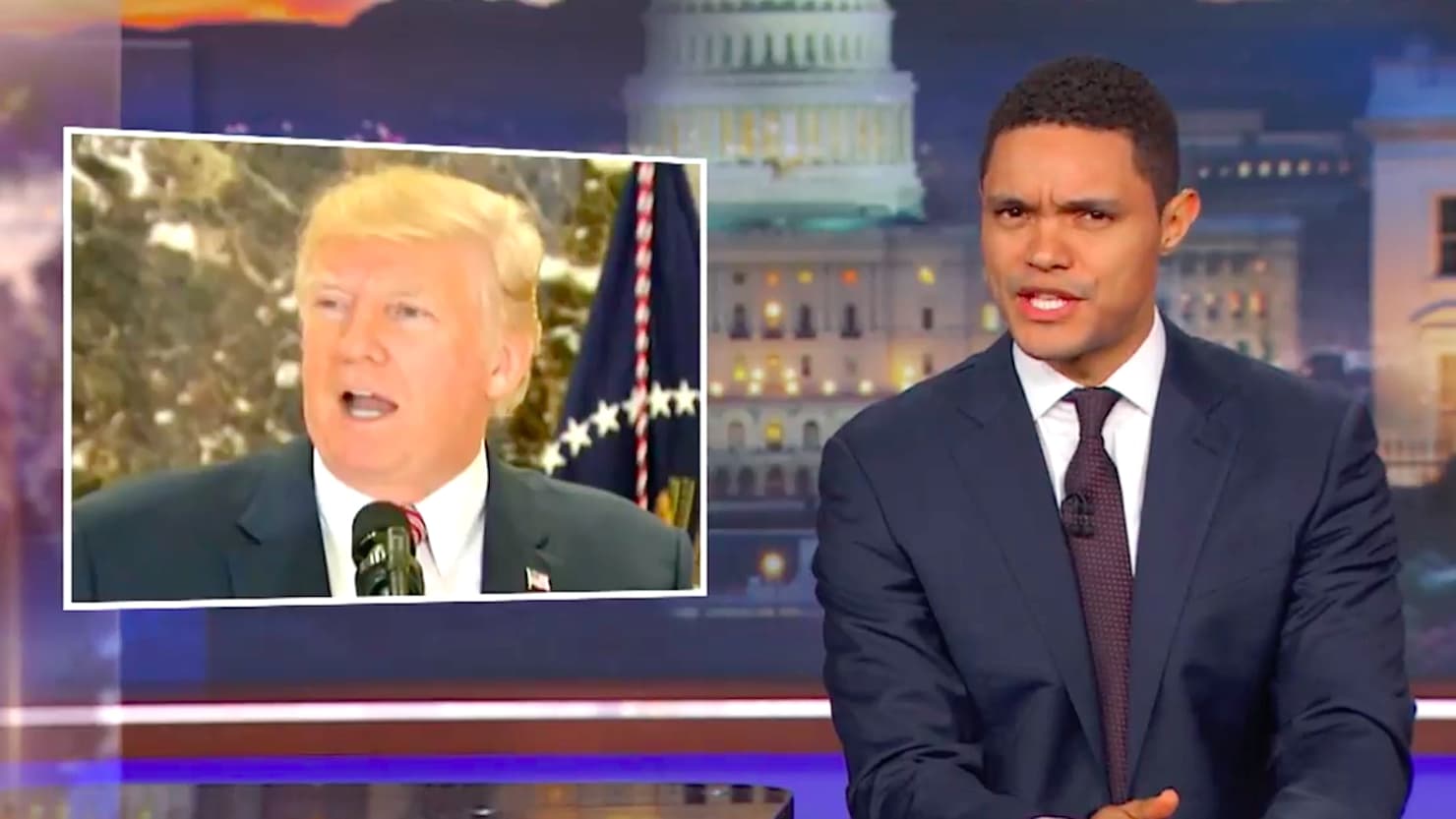Media outlets have become increasingly polarized as of late, and each source seems to take a stance on any given issue. Even if their angles are subtle, the media have proven that political polarization has reached all corners of society. The question remains, however, whether the mass media should have to cover each side of a story equally or neutrally. While most people would expect impartiality to be the cornerstone of good journalism, recent changes in the political environment complicate the matter and elicit the need for further exploration of the subject.
Recent Strife Between Politics and Media
Throughout the Trump administration’s time in office, the media have seemed to diverge into partisan factions that cannot and will not intersect, except on story topics. Almost every news story today revolves around the same subjects and takes a stance, even if it’s nuanced. Obvious examples of partisan news sources include the right-leaning “Fox News,” the far-right-leaning “Breitbart News,” and the left-leaning “MSNBC.” Other news networks and outlets maintain a mask of neutrality in their coverage, though many argue all media lean either toward liberal or conservative viewpoints—and many media do lean. The way news is covered almost always has a slant, be it in subtle language bias or omission of facts to prove a point.
The Pew Research Center recently analyzed news coverage of the Trump administration, wherein they found that within Trump’s first 100 days in office, 44 percent of the news stories covered included some form of “negative assessment.” Only 11 percent of Trump stories contained “positive assessments.” Compared to past presidencies, “coverage of Trump’s early days focused less on policy and was more negative overall.” Furthermore, news sources were more negative toward Trump in their early reporting than they were toward the past three presidents. However, it should be noted that the press has always included negative assessments of presidents. What has shifted in the past year is Trump’s affinity for calling overt attention to the way the media cover stories about him.
One realm where Trump has succeeded in refusing all responsibility for his actions and placing it on the media is his direct attacks via Twitter. As the first president to use his personal Twitter account to communicate directly with the public, he has placed himself in a novel position directly opposite “the press (Fake News).” He consistently wages virtual wars against any outlet that challenges or calls out his policies, behavior or words. Trump has effectively turned most media outlets against him, and he reminds his twitter followers often about which news sources he despises. Readers need not scroll far into his Twitter feed to find numerous references to “Fake News” and even more Fox News videos to successfully infer his stark view.
While Trump’s attacks on the media are innovative—and perhaps entertaining in a depraved sense—they raise questions about how the media should interact with politicians. Media and politics, furthermore, do not solely focus on presidential relationships with news sources. Recent events and environments have simply made those connections more prevalent. Other political (and non-political) topics involve contentious interactions with the mass media.
The Mass Media and Equal Coverage
Media and politics have recently entered a sort of one-sided duel, so news coverage of politics appears especially contentious. But the debate about what sources should or should not cover, and how much weight they give to each viewpoint on a topic, is not new. In 2014, John Oliver released a segment on “Last Week Tonight with John Oliver” in which he detailed the detriments of presenting issues equally in the news. He focuses on climate change, and how despite 97 percent of scientists concluding that human activity is the leading cause of climate change, news outlets gave the other 3 percent equal airtime.
Numbers, in this case, do not lie—especially when all but 3 percent of professional scientists agree upon a fact, as Oliver points out. He goes on to illustrate why discussing an issue like climate change on-air with one person defending each side is problematic by holding his own debate. He brings out ninety-seven people who represent the scientists that endorse the position that climate change is man-made and three who represent climate change skeptics. Evidently, a successful debate cannot ensue with so many people on stage, but this is the heart of the matter. In cases like this one, a debate is counterproductive because the facts tell the story sufficiently.
While this particular example is dated, it demonstrates the problem at hand. False equivalency bias is just as dangerous as any other bias—if not more risky. It presents two sides of an issue, which is usually argued as the right way to cover news. But this example illustrates that each side is not always equal, and equating two asymmetrical viewpoints misleads the public regarding the truth. As Oliver points out, even if “one in four Americans is skeptical of all the effects of climate change and thinks this issue has been exaggerated,” that 25 percent of people is simply wrong. Media therefore have evaded their first responsibility, which is, according to the Society of Professional Journalists, “to seek the truth and report it.”
It appears that recently, media sources have taken Oliver’s point and run with it by slanting each story to a particular end. But it could be the case that, instead, the media is finally trying to eliminate false equivalency bias by reporting a more accurate representation of the truth.
It is difficult to ascertain what drives news coverage, when it theoretically should be that the media simply report the truth. Perhaps the issue at hand illustrates how cumbersome the relationship between politics and media is, but it points to the need for media to stick to facts. It should be noted that some sources do this, despite Trump’s harsh Twitter accusations. Nevertheless, opinion has begun to seep into news coverage, and while this can reflect public opinion, reform in news coverage would likely improve both public perception of the media and the quality of information given to the public. The press provides citizens the information about events and people that they cannot know personally, so accurate information is crucial for allowing citizens to shape their own opinions as opposed to the media shaping their opinions for them.
















